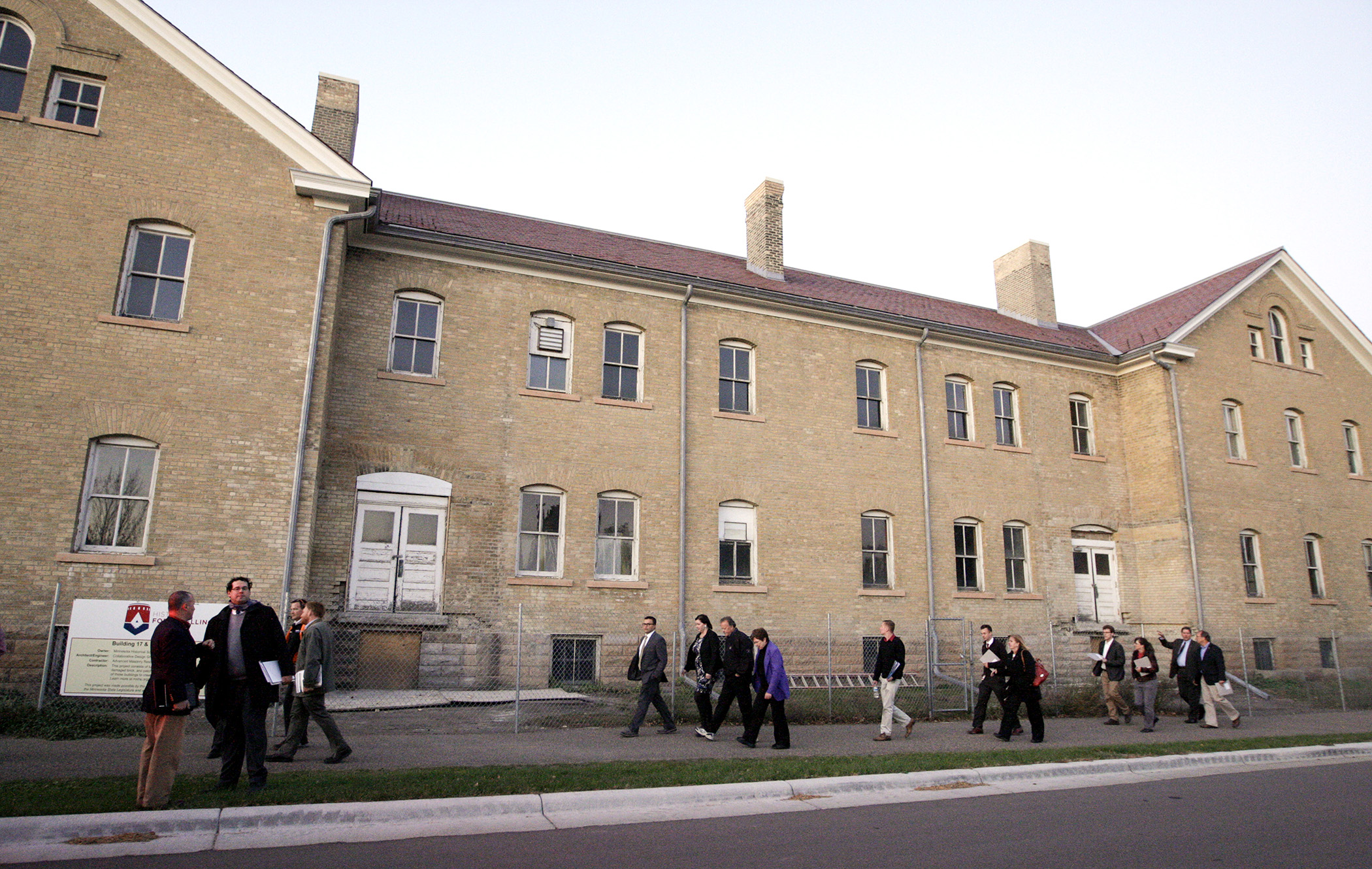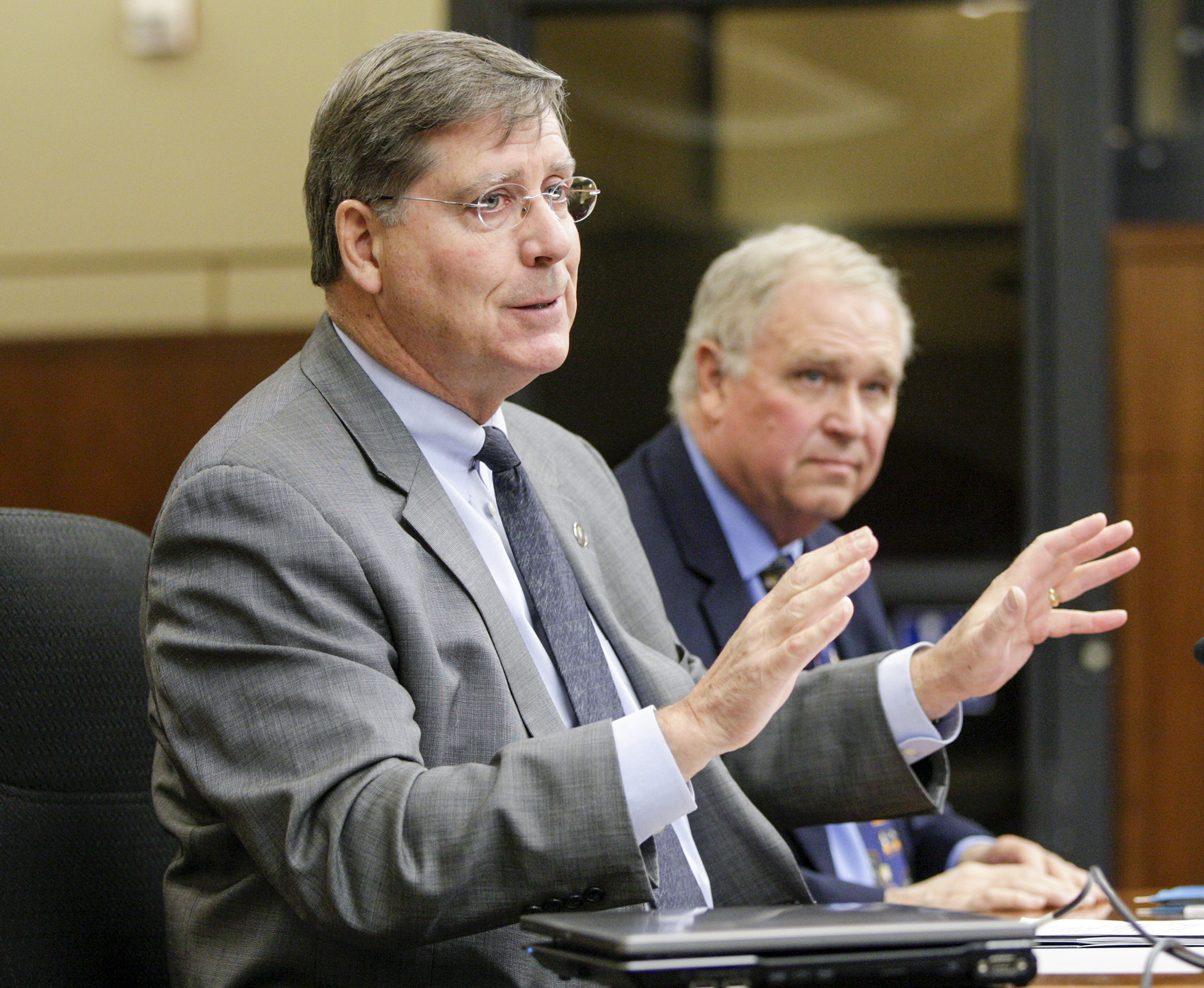More than $30 million sought for Fort Snelling rehabilitation

Historic Fort Snelling turns 200 in 2020. Whether some crumbling structures will be revitalized in time for a bicentennial celebration remains uncertain.
Sponsored by Rep. Dean Urdahl (R-Grove City), HF148 would provide $34.4 million in bond proceeds for the Minnesota Historical Society to restore structures at Fort Snelling, which was designated a National Historic Landmark in 1960.
Heard Tuesday by the House State Government Finance, the bill was sent to the House Capital Investment Committee without recommendation. It has no Senate companion. Funding is included in the governor’s bonding proposal released three weeks ago.
“I think we can all agree this is one of the most historic places in Minnesota,” Urdahl said. “These improved facilities will welcome visitors in historic structures adjacent to the historic fort and the Mississippi River. The project will enable the Minnesota Historical Society to reach new audiences by telling a wide variety of stories about Minnesota through the fort’s history.”
 Stephen Elliott, director and chief executive officer of the Minnesota Historical Society, responds to a House State Government Finance Committee member’s question during the Jan. 24 discussion of a bill to provide funding for a Historic Fort Snelling revitalization. Rep. Dean Urdahl, right, sponsors the bill. Photo by Paul Battaglia
Stephen Elliott, director and chief executive officer of the Minnesota Historical Society, responds to a House State Government Finance Committee member’s question during the Jan. 24 discussion of a bill to provide funding for a Historic Fort Snelling revitalization. Rep. Dean Urdahl, right, sponsors the bill. Photo by Paul BattagliaApproximately 85,000 guests visit the fort annually, a number that has decreased in recent years. Supporters believe better facilities and the telling of richer stories can increase that number to 125,000.
“What happened at this site formed the basis of what happened in our state for decades and for centuries as this area changed from Dakota homeland to part of a territory to the state of Minnesota,” added Stephen Elliott, the historical society’s director and chief executive officer.
Predesign, funded in a 2015 law, is complete. Plans include a new visitor center to replace the current underground facility built in the 1970s and has problems with water leakage. Urdahl said three sump pumps run there continuously.
The revitalization has a $46 million price tag, of which $12 million would come from non-state sources. Elliott said many potential donors, including some six- and seven-figure donors, have indicated a willingness to contribute; however, they want to first see the state come up with its share of the costs.
“This is a departure from the long-time practice of the state providing the capital funding for the state historic sites,” he said. “We are committed to doing the hard work required to gather these resources to keep the project on track.”
And, if the funding doesn’t come through this session?
“If there were not a bill this session, I’m not sure that this project, as conceived, could be completed for 2020,” Elliott said. “That’d be very sad because it would be a missed opportunity.”
Related Articles
Search Session Daily
Advanced Search OptionsPriority Dailies
Ways and Means Committee OKs proposed $512 million supplemental budget on party-line vote
By Mike Cook Meeting more needs or fiscal irresponsibility is one way to sum up the differences among the two parties on a supplemental spending package a year after a $72 billion state budg...
Meeting more needs or fiscal irresponsibility is one way to sum up the differences among the two parties on a supplemental spending package a year after a $72 billion state budg...
Minnesota’s projected budget surplus balloons to $3.7 billion, but fiscal pressure still looms
By Rob Hubbard Just as Minnesota has experienced a warmer winter than usual, so has the state’s budget outlook warmed over the past few months.
On Thursday, Minnesota Management and Budget...
Just as Minnesota has experienced a warmer winter than usual, so has the state’s budget outlook warmed over the past few months.
On Thursday, Minnesota Management and Budget...